Search
Search Results

Article
Royal Women in the Mughal Empire
It was not only the Mughal emperors that left an indelible mark in the history of the Indian subcontinent but also the queens and princesses. The latter's contributions to art, architecture, literature, cuisine, refinement, and administrative...
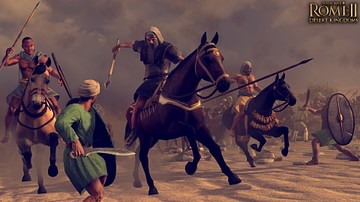
Article
The Masaesyli and Massylii of Numidia
The North African Berber kingdom of Numidia (202-40 BCE) was originally inhabited by a tribe (or federation of tribes) known as the Masaesyli, to the west, and a coalition of smaller tribes, known as the Massylii, to the east. The meaning...

Article
Mandu - City of Joy
The city of Mandu is situated about 35 km from Dhar in the Madhya Pradesh region of northern-central India. Most of the city's monuments date to the 15th and 16th century CE. The city is located on a hill which rises 633 m above the sea level...
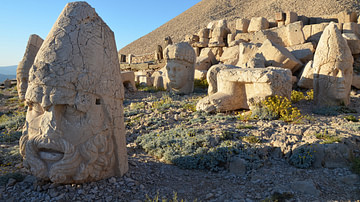
Article
Exploring Mount Nemrut - A Meeting Point Between East & West
Set within the Anti-Taurus mountain range in southeastern Turkey, beyond the borders of Adiyaman, is the archaeological wonder of Mount Nemrut. Forgotten for centuries, the spellbinding peak of Nemrut Dagi (its Turkish name) has since managed...
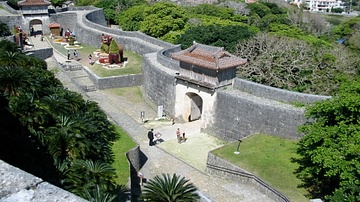
Article
The Ryukyu Castles of Okinawa
The medieval Ryukyu castles on the island of Okinawa, Japan are impressive testimony to the kingdom's power and wealth from the 12th to 16th century CE. Notable castles include Shuri Castle, the royal residence, and four excellent examples...

Image
The Seven Wonders of the Ancient World
An infographic about the Seven Wonders of the Ancient World - extraordinary architectural and artistic achievements celebrated for their grandeur and innovation. The wonders included the Great Pyramid of Giza, the only surviving wonder, which...
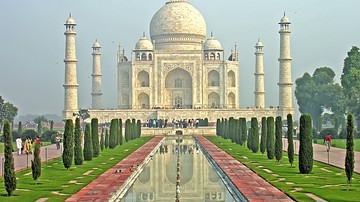
Image
Taj Mahal
The Taj Mahal, Agra. Built in 1634 CE by Shah Jahan as a mausoleum for his favourite wife Mumtaz Mahall.
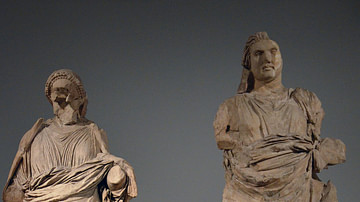
Image
Colossal Statues of Mausolus and Artemisia II
Colossal statues of a man and a woman from the Mausoleum at Halicarnassus, traditionally identified as Mausolus and Artemisia II, around 350 BCE. (British Museum, London)

Image
Wu Zetian's Stele
Wu Zetian's (r. 683-704 CE) Stele at Quianling Mausoleum where she was buried along with her husband Gaozong.

Image
The Canon of Medicine
The Persian manuscript copy of The Canon of Medicine by Ibn Sina (Avicenna).
Museum and Mausoleum of Avicenna, Hamedan, Iran.